Capitoline Museums
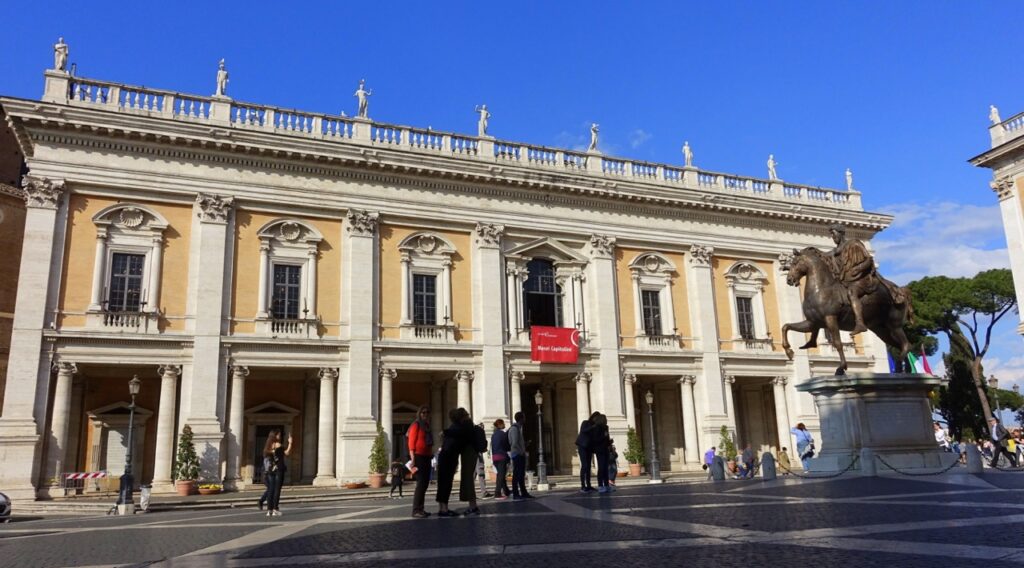
The Capitoline Museums, located on the top of the Capitoline Hill in Rome, represent one of the oldest and most fascinating museum complexes in the world. Their history begins in 1471, when Pope Sixtus IV donated to the Roman people a collection of important ancient bronzes, including the famous Capitoline Wolf, the symbol of Rome. […]
Vatican museums
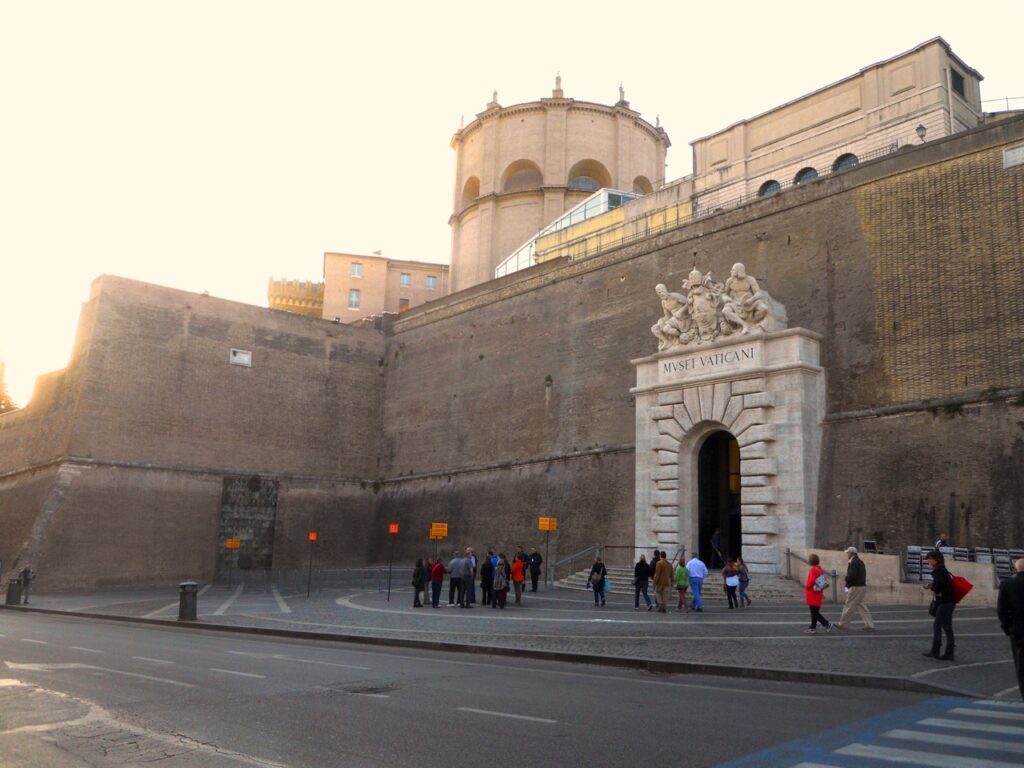
The Vatican Museums, located within the Vatican City, represent one of the most important and visited museum complexes in the world. Founded by Pope Julius II in the 16th century, the museums house a vast collection of artworks collected by the popes over the centuries. The collection ranges from classical antiquity to the Renaissance, to […]
Monte Testaccio (Mount of Shards)
-1024x344.jpg)
Monte Testaccio, located in the district of the same name in Rome, is a unique artificial hill, entirely composed of Roman amphora sherds. This archaeological monument, approximately 36 meters high, is the result of centuries of commercial and industrial activity in ancient Rome, and is also known as the “Mount of Sherds”. The name “Testaccio” […]
Mausoleum of Cecilia Metella

The Mausoleum of Cecilia Metella is one of the most impressive funerary monuments of ancient Rome, located along the Via Appia Antica, about three miles from the city’s historic center. Built between 30 and 10 BC, during the reign of Emperor Augustus, the mausoleum celebrates Cecilia Metella, a Roman noblewoman from one of the most […]
MAXXI
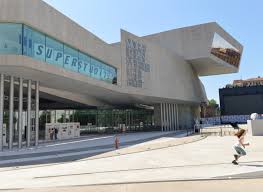
The MAXXI – National Museum of the 21st Century Arts, located in the Flaminio district of Rome, is an institution dedicated to contemporary art and architecture. Designed by the Iraqi architect Zaha Hadid, the museum represents an extraordinary example of contemporary architecture and won the prestigious Stirling Prize from the Royal Institute of British Architects […]
Mausoleum of Augustus
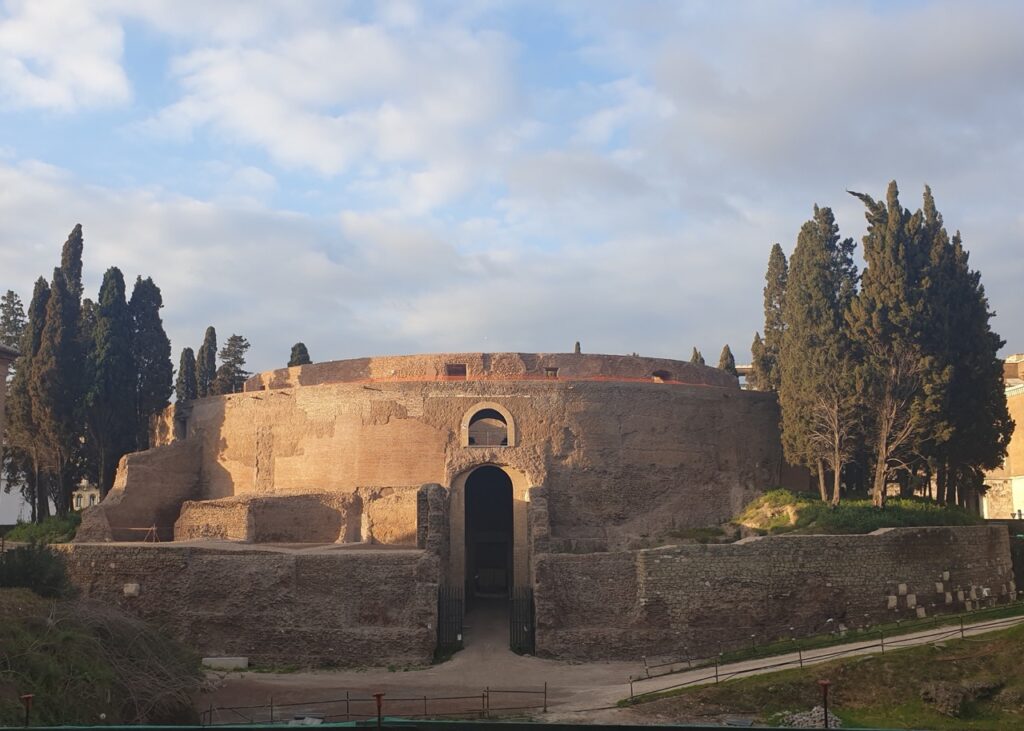
The Mausoleum of Augustus, located in Piazza Augusto Imperatore in Rome, is one of the most imposing and historically significant funerary monuments in the city. Built in 28 BC on the initiative of Augustus, the first Roman emperor, the mausoleum was designed to be the burial place of the Julio-Claudian dynasty. This circular monument, inspired […]
Lungotevere Raffaello Sanzio
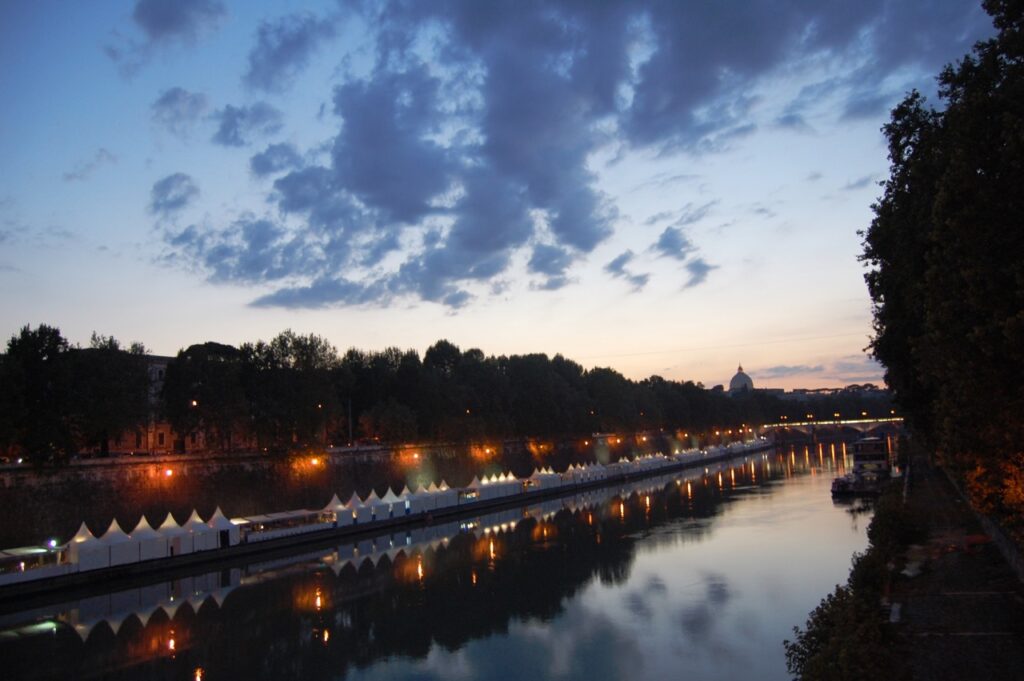
Lungotevere Raffaello Sanzio is a fascinating stretch of the Lungotevere in Rome that connects Ponte Sisto to Ponte Garibaldi, in the picturesque district of Trastevere. Dedicated to the famous Renaissance artist Raphael Sanzio da Urbino, this Lungotevere was established by a resolution of the Rome City Council on January 24, 1956, in honor of the […]
Ludus Magnus

The Ludus Magnus, located between via Labicana and via di San Giovanni in Laterano, near the Colosseum, is the largest and most famous of the four gladiator schools in ancient Rome. Built by Emperor Domitian between 81 and 96 AD, the Ludus Magnus served as a training school for gladiators destined to fight in the […]
Lungotevere Castello
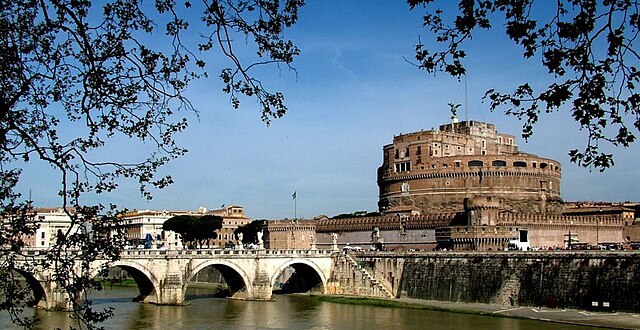
Lungotevere Castello is a picturesque stretch of the Lungotevere in Rome that extends from Piazza di Ponte Sant’Angelo to Piazza dei Tribunali, in the districts of Borgo and Prati. It takes its name from the monumental Castel Sant’Angelo, originally built as the Mausoleum of Hadrian between 134 and 139 AD. Along the Tiber River, this […]
Largo di Torre Argentina

Largo di Torre Argentina is one of the most fascinating squares in Rome, located in the heart of the city, between the Pantheon and the Jewish quarter. This archaeological site is famous for hosting the remains of four Roman temples dating back to the Republican era, known as Temple A, Temple B, Temple C, and […]

